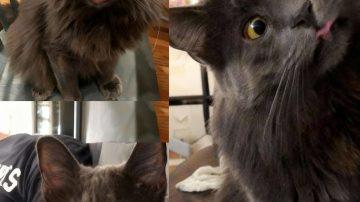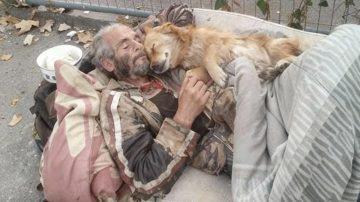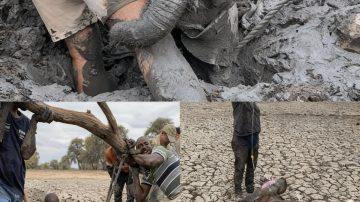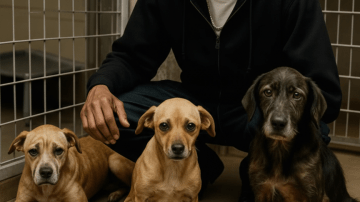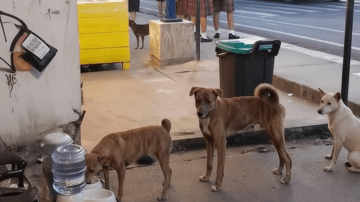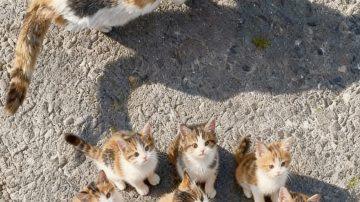The crisp morning air of the Sierra Nevada foothills usually brought with it the rhythmic thud of axes and the growl of heavy machinery, familiar sounds to veteran logger John Holloway. But one particular autumn day, a different sound pierced the forest’s quiet—a faint, distressed whimper emanating from a cluster of ancient pines. John, a man whose rugged exterior belied a deep reverence for the wilderness, ventured closer, his heart sinking as he discovered a bear cub, no older than a few months, cowering alone in a makeshift den. Its mother was nowhere to be found, a common and tragic occurrence when logging operations encroached too rapidly. For weeks, John had tirelessly petitioned his company, “Timberline Solutions,” to reroute their cutting plans, highlighting the active bear den he’d discovered. They had granted a temporary reprieve, a rare moment of corporate empathy, but the relentless pressure for quarterly profits had ultimately prevailed. Now, gazing at the vulnerable cub, a surge of protective instinct washed over him, overriding years of company policy and ingrained professional detachment.

He knew the rules. “Interfering with wildlife” was a terminable offense, a rigid decree designed to protect both animals and personnel. Yet, the cub’s emaciated frame and mournful eyes spoke louder than any corporate mandate. Each day, under the cloak of dawn and dusk, John began a perilous ritual. He would leave carefully selected provisions—wild berries gathered from untouched patches, scraps of fish from his own meager meals, even a few sweet apples—placing them just outside the den, always maintaining a respectful distance. He watched from afar as the cub, initially wary, slowly began to trust, its tiny snout sniffing tentatively before devouring the offerings. This clandestine act of kindness continued for weeks, a silent pact between man and beast, until fate, as it often does, intervened with an unexpected twist.

Unbeknownst to John, a freelance wildlife photographer, Sarah Jenkins, had been documenting the impact of logging in the region. Hidden deep within the underbrush one rainy afternoon, she witnessed John kneeling near the den, placing food while the cub cautiously emerged to eat. The image she captured—a weathered logger, soaked to the bone, extending an act of profound mercy to a vulnerable creature—was raw, powerful, and utterly captivating. Sarah, recognizing the story’s immense emotional resonance, released the photograph to a global wire service. Within hours, “The Logger Who Fed a Starving Bear” went viral, igniting a worldwide conversation about corporate responsibility, environmental ethics, and the simple, profound power of human compassion.


